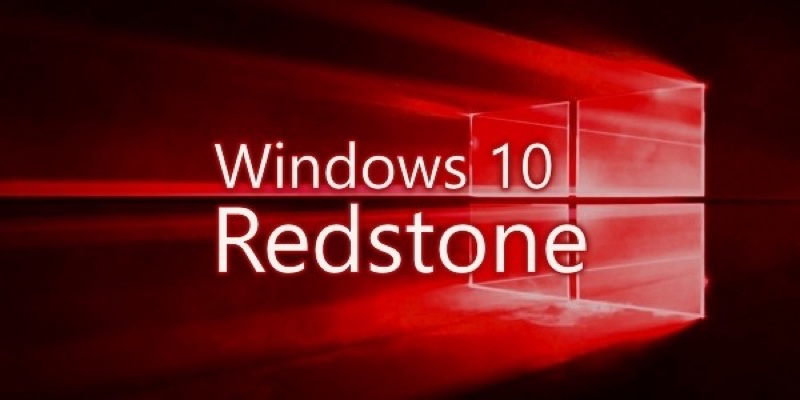

The URLs for deleted posts usually redirect to the main blog listing page, making it hard to keep track. Official Microsoft blog posts about the extension(s) of the different releases have been removed from the Microsoft site, with no redirect to a new post that explains why the post was removed or lists the new EOL dates.The EOL date for a later released version of Windows 10 (1903) is earlier than its predecessor's (1809) EOL date.However, due to COVID-19, the EOL date was again moved to October 13, 2020. The EOL date for one version got re-purposed to another, e.g., Version 1709 originally had an EOL date of Oct.

A lot of the confusion is due to the following facts: Over the last few years, Microsoft has changed the EOL dates of its Windows 10 versions - some of them multiple times - leading to confusion as to when specific versions are actually going to finish their support cycle. This blog post has been updated as of September 2021, and will continue to be updated when there are changes to Windows 10 release and EOL dates, and other major revisions.


 0 kommentar(er)
0 kommentar(er)
